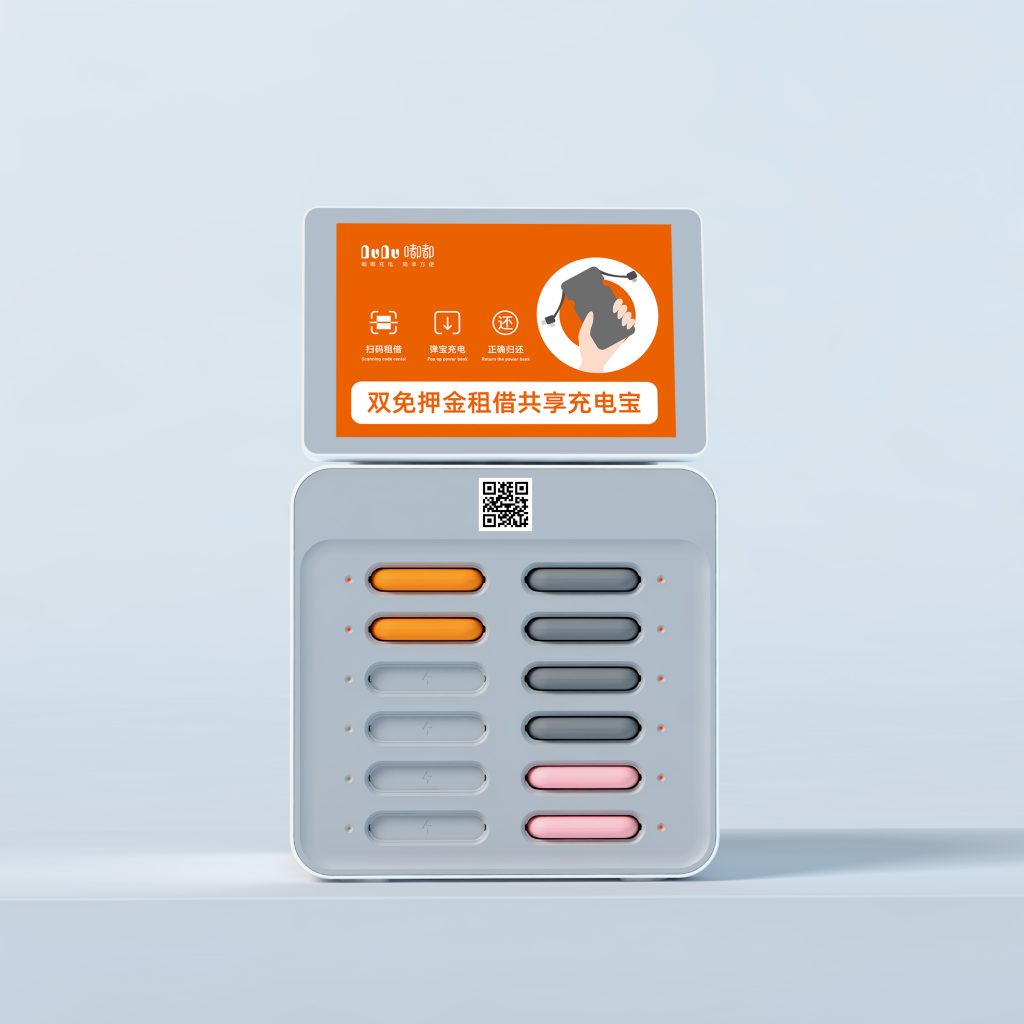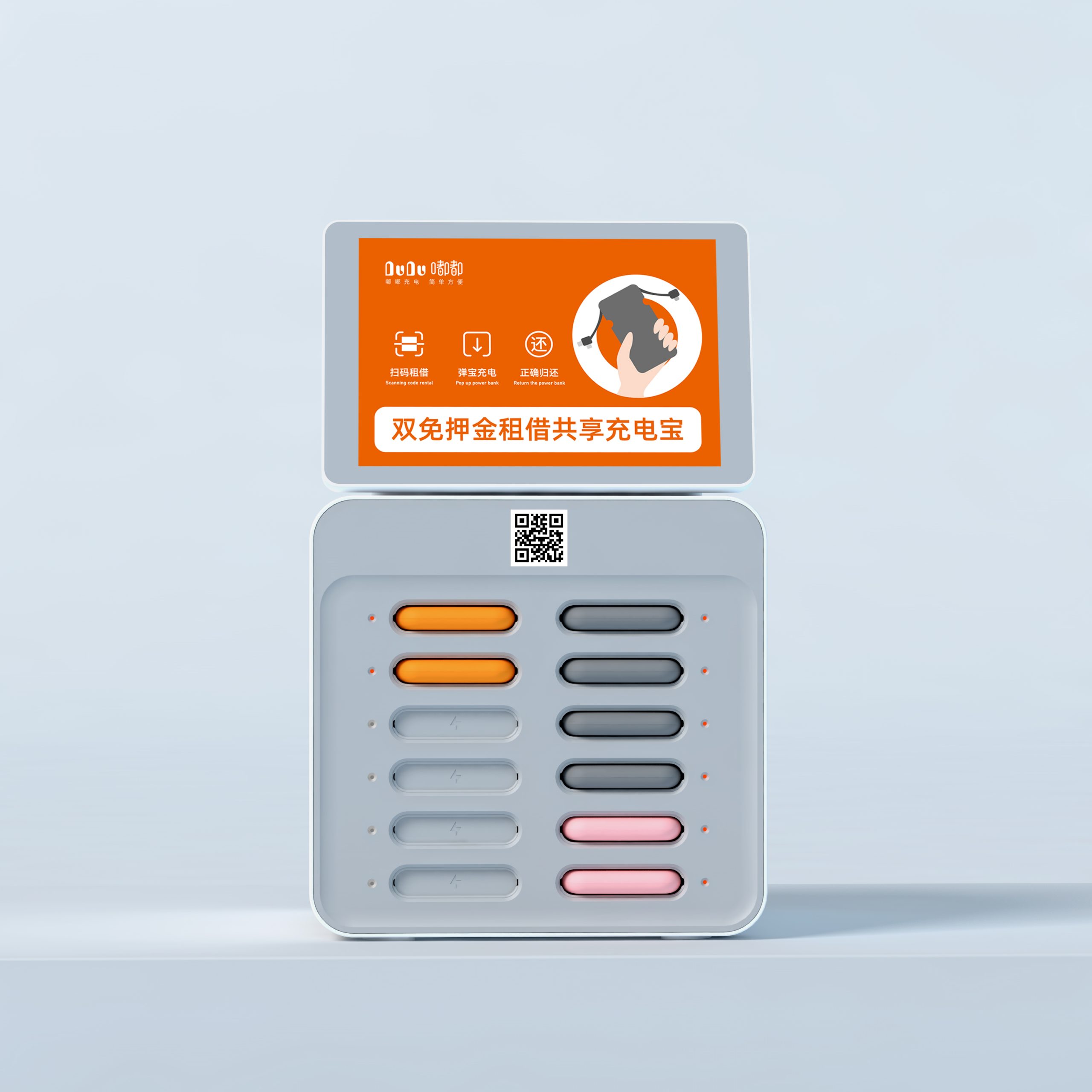Analysis of scenario layout and channel competition of shared power banks
Analysis of scene layout of shared power bank
The penetration rate of shared charging treasure scenes is low, and the penetration rate of dining scenes is high
The penetration rate of shared charging treasures in offline consumption scenarios is between 20%-30%. However, the layout of points is not yet saturated. Especially in third- and fourth-tier cities, and there is still a lot of room for development.
The dining scene has the highest penetration rate, accounting for about 50.0%, followed by leisure and entertainment, including shopping venues, theaters, KTVs, bars, Internet cafes, etc., accounting for about 30.0%, and finally other categories, such as hospitals, hotels, and transportation. Hubs and other places.
With the enhancement of platform capital strength and operating capabilities, the industry will transition from the penetration of single stores to the development of large-scale commercial complexes, chain restaurants and high-speed rail hotels.
Channel competition analysis of shared charging treasures
Shared charging treasures are highly dependent on offline scenarios because:
1. User brand loyalty is low, and they often choose the nearest point for charging;
2. The industry must ensure the laying density to meet the immediate demand and the sense of borrowing and returning experience, and cultivate Market;
3. Shared power bank is a mode where offline traffic is imported online.
Therefore, all the traffic that triggers consumption comes from offline;
4. If the critical point of laying magnitude is broken, the frequency of use of the point will be reduced, so the industry tends to be exclusive cooperate. In summary, the competition for points has become increasingly fierce.
From the perspective of merchants, the most concerned factor is still profit sharing, and as shared power banks make profits, merchants also consciously increase admission fees, and even use bidding methods. Many of these are helpless actions during the critical development period, but the inefficient competition that has just begun to take shape has attracted the attention of the platform, and it has also prompted various companies to circumvent and strive to find new profit models.
Operators take multiple measures to avoid low-efficiency competition, mainly:
1. Big data analysis helps local promoters to clarify delivery strategies;
2. Implement a result-oriented incentive mechanism for local promoters;
3. Launch value-added services to stimulate business cooperation and cooperation Collaborative promotion.


